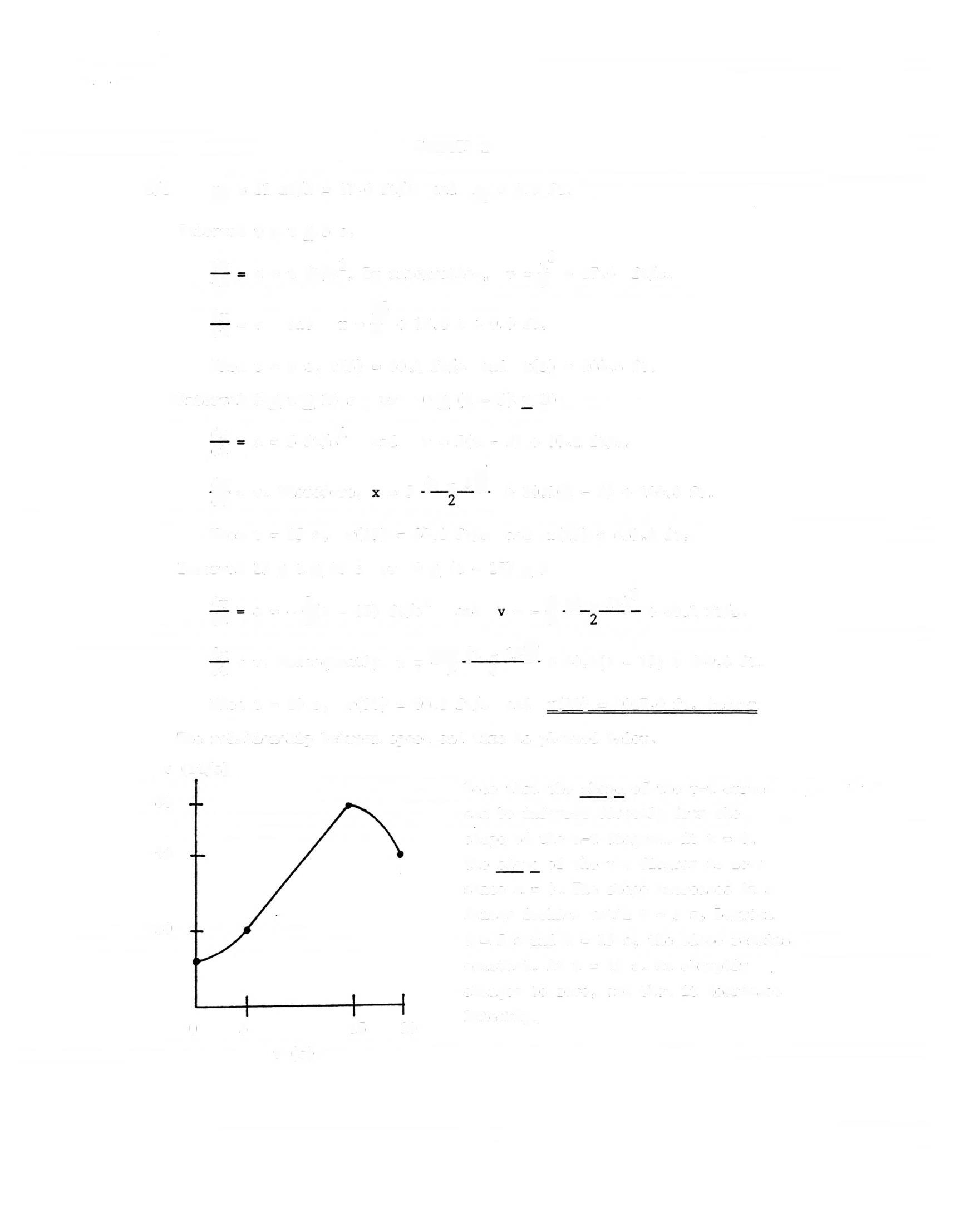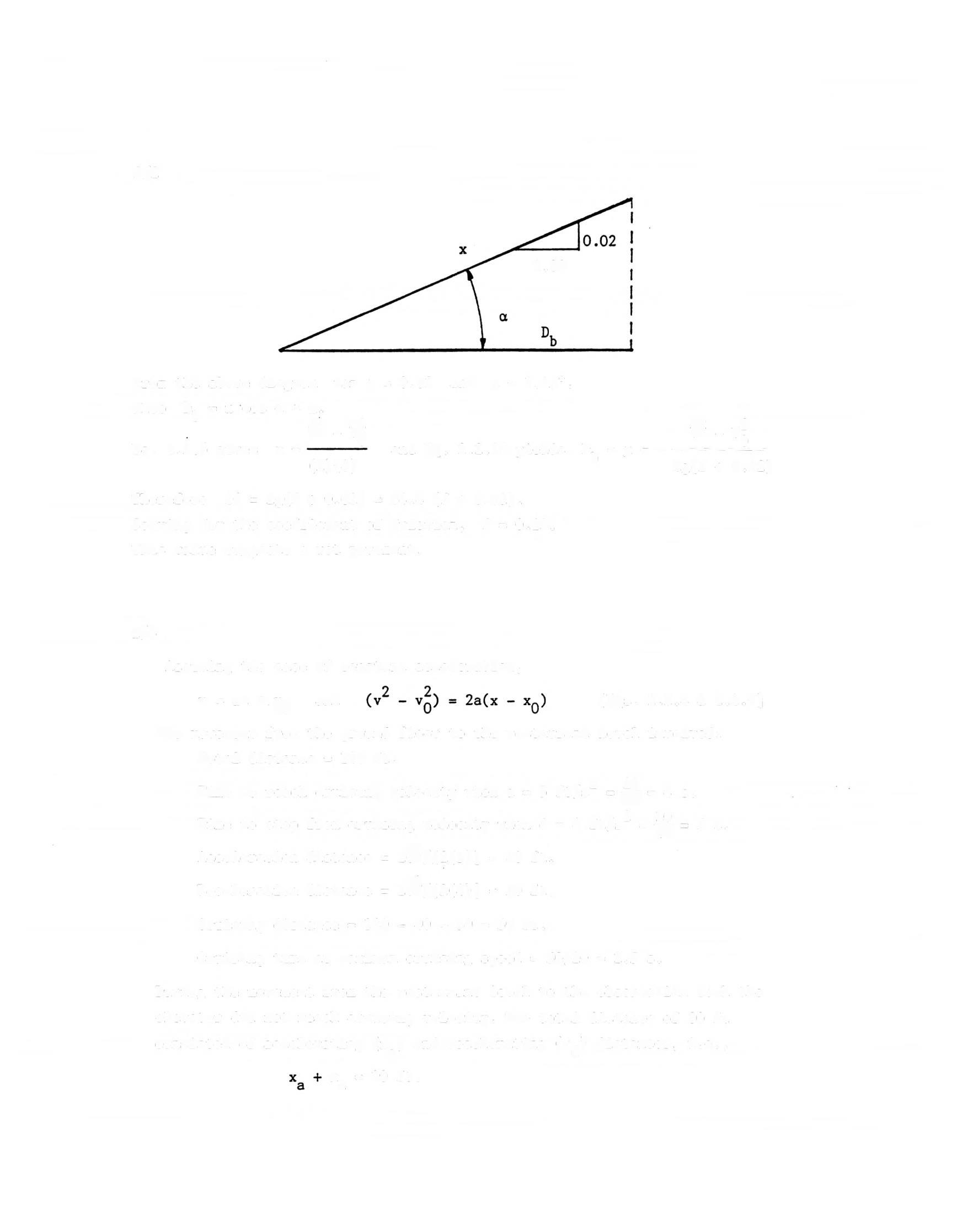Solution Manual for Transportation
Engineering and Planning, 3/E 3rd Edition C.S. Papacostas, P.D. Prevedouros
Full download chapter at: https://testbankbell.com/product/solution-manualfor-transportation-engineering-and-planning-3-e-3rd-edition-c-s-papacostas-pd-prevedouros/
+
- 15) + 659.8
When t = 20 s, v(20) = 60.1 ft/s and x(20) = 1027.0 ft. Answer
The relationship between speed and time is plotted below.

Note that the shape of the v-t curve can be inferred directly from the shape of the a-t diagram. At t = 0, the slope of the v-t diagram is zero since a= O. The slope increases in a linear fashion until t = 5 s. Between t = 5 sand t = 15 s, the slope remains constant At t = 15 s, it abruptly changes to zero, and then it decreases linearly.
From Also the above diagram tan a = 0.02 and a = 1.15°. P, =x cos a = x. ?? 0 ?«?

Eq. 2.2.6 gives X = (2)(8) and E. 2.2.13 yields P, = x =--02g(f + 0.02)
Therefore 16 = 2g(f + 0.02) = 64.4 (f + 0.02).
Solving for the coefficient of friction, f = 0.23. This value suggests a wet pavement.
2/3
Assuming the case of constant acceleration,
v= at + % and [Es. 2.2.4 & 2.2.6]
The movement from the ground floor to the restaurant level involved:
Total distance= 140 ft.
Ti.me to reach cruising velocity when a= 5 ft/s' 2 = 20 =4 s.
Time to stop from cruising velocity when d = 4 ft/s' 2 = 20 =5s
Acceleration distance = 20/[2(5)] = 40 ft.
Deceleration distance = 20/[2(4)] = 50 ft.
Cruising distance= 140 - 40 - 50 = 50 ft.
Cruising time at maximum cruising speed= 50/20 = 2.5s.
During the movement from the restaurant level to the observation deck the elevator did not reach cruising velocity. The total distance of 20 ft consisted of accelerating (x_) and decelerating (x,) distances, i.e., x,=20 ft.



 JOHN D. ROCKEFELLER
JOHN D. ROCKEFELLER









